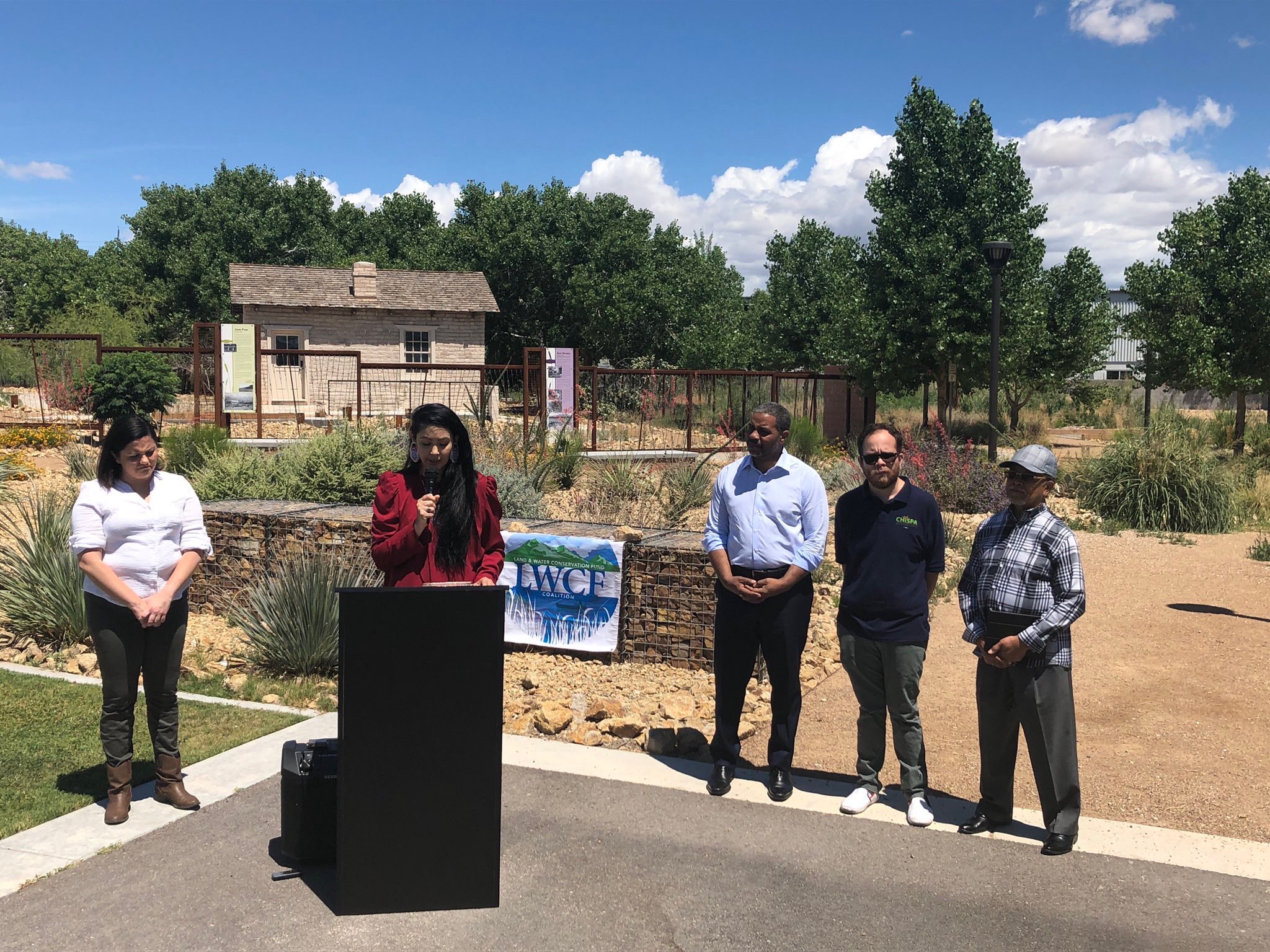Celebrating Earth Day: a Brief History and a Roundup of New Wins for People and the Planet
Apr 22, 2024
I was raised “Nuwu.” Tribally, I am Chemehuevi Paiute from the Chemehuevi Tribe of Lake Havasu, California and Las Vegas Indian Colony.
 I come from a strong lineage of matriarchy. Growing up, my understanding of those matriarchs’ experiences was limited, which was difficult. I didn’t get to know many of these women beyond our oral history passed down from generation to generation or their names being listed on Indian Census Rolls.
I come from a strong lineage of matriarchy. Growing up, my understanding of those matriarchs’ experiences was limited, which was difficult. I didn’t get to know many of these women beyond our oral history passed down from generation to generation or their names being listed on Indian Census Rolls.
My grandmother who raised me was an orphan, her mother died in childbirth, which, in turn, forced her to be sent into the residential school system, a system that abusively separated Indian children from their families and culture, systematically and intentionally erasing ties to their heritage.
Our family has one old picture of my great-great-great grandmother. A picture that we have all tried to figure where it was taken or if it could lead us to know more about a person we didn’t get the opportunity to share a life with. My grandmother lived her entire life with unanswered questions, particularly about her family.
As it turns out, the one photo was in front of what is called the “Doll House” at Kiel Ranch Historic Park in Las Vegas. I figured it all out when I arrived at Kiel Ranch for an event — the Doll House was not lost on me, I recognized it from the photo. As soon as I left, I started researching Kiel Ranch, which would lead me to the only photo my family knew of our grandmother as well as others.

Eventually, I took my mother to the park and asked her what she thought. She knew I was up to something, because I have been working to find written documentation of our family history for years, a request she made out of desperation when we lost my grandmother. Once I told her, her eyes filled with tears.
 For once, my mother’s past was visible — the dominant white culture around her was, at long last, reinforcing her identity, rather than asking her to assume theirs. My mother’s words about the documents still haunt me, “You mean they were real. You mean they existed.”
For once, my mother’s past was visible — the dominant white culture around her was, at long last, reinforcing her identity, rather than asking her to assume theirs. My mother’s words about the documents still haunt me, “You mean they were real. You mean they existed.”
We were able to see the land our family lived on because of the Land and Water Conservation Fund (LWCF), which provided over $121,000 to Nevada to preserve this site with one of the oldest standing adobe structures. When we talk about LWCF, we’re really talking about the importance of preservation of our lands, water — our heritage.
I will not get to go on ancestry.com or Ellis Island and trace my family back to Lords, Knights or what have you. I cannot even trace my family past 500 years of colonization. When you think of my experience, what is the price you would be willing to pay to know where you come from?
 Not only for my family, my community in Nevada, but for all the communities who have lost identities and are looking for their history; we need to know the land that connects us with our culture, traditions, and values. When our nation preserves these connections, we build a more inclusive national narrative, a narrative that includes identities that have been ignored, or worse yet, identities that dominant culture has attempted to erase.
Not only for my family, my community in Nevada, but for all the communities who have lost identities and are looking for their history; we need to know the land that connects us with our culture, traditions, and values. When our nation preserves these connections, we build a more inclusive national narrative, a narrative that includes identities that have been ignored, or worse yet, identities that dominant culture has attempted to erase.
To do that, we need to invest in programs like LWCF, which give us the opportunity to imagine a new kind of conservation that centers on our voices and our communities. That’s why we need LWCF to receive full and permanent funding, $900 million annually, so that we can focus on implementing this program in a way that puts our communities first, instead of having to fight for funding each year to preserve these special places.